There were three distinct fashion trends during the Victorian era, and all are considered “Bustle Dresses”. These were the Early Bustle period (1869-1876), the Natural Form period (1877-1882), and the Late Bustle period (1883-1889). The combination of a tight bodice and a very full skirt with bustle and drapery was thought to enhance the look of a tiny waist. A 15-inch waist was considered ideal, and fashion plates of the day always illustrated women with impossibly small “wasp waists”.
The Early Bustle period (1869-1876) is characterized by tight-fitting bodices, which were worn with separate skirts. The bodice usually had a very high neck, and long closely-fitted sleeves. The sleeve was “dropped” from the shoulder a bit more than we are used to seeing today, and there was very little fullness at the sleeve head. A bustle was worn under the skirt, as well as two or more petticoats. There was usually an overskirt as well, either in the form of an apron-like drape across the front of the skirt, and/or an elaborately draped and pleated overskirt which covered the back of the skirt. The skirt itself was usually embellished with layers of ruffles, rouching or other trims.
The Natural Form period (1877-1882) dispensed with the bustle entirely. However, elaborate draping and pleating at the rear of the skirts still kept some of the bustle silhouette intact. Skirts during the natural form period were flatter in the front, and fullness was carried toward the back of the skirt. The “cuirasse bodice” which was based on a military style, dipped below the waistline at the front and back of the bodice, and was cut higher over the hips. Overskirts were still popular, but the fullness of the skirt was often drawn toward the back of the skirt using hidden tapes, which were attached to the side seams and drawn tight across the backs of the legs to keep the front of the skirt flat and narrow.
After several years without them, bustles made a fierce comeback during the Late Bustle period (1883-1889). Bustles were larger and higher than before, and it was said that you could place a dinner plate on one. Drapery over these larger bustles became very fanciful, with elaborate layers, pleats, bows and other embellishments, often arranged in an asymmetrical manner. Skirts were still flat at the front, and had less pleated embellishment, which left room for embroidery or other flat designs on the front panels. Necklines were lower for evening events, and sleeve heads had a bit more fullness than before.
Visit the Recollections Bustle collection at recollections.biz


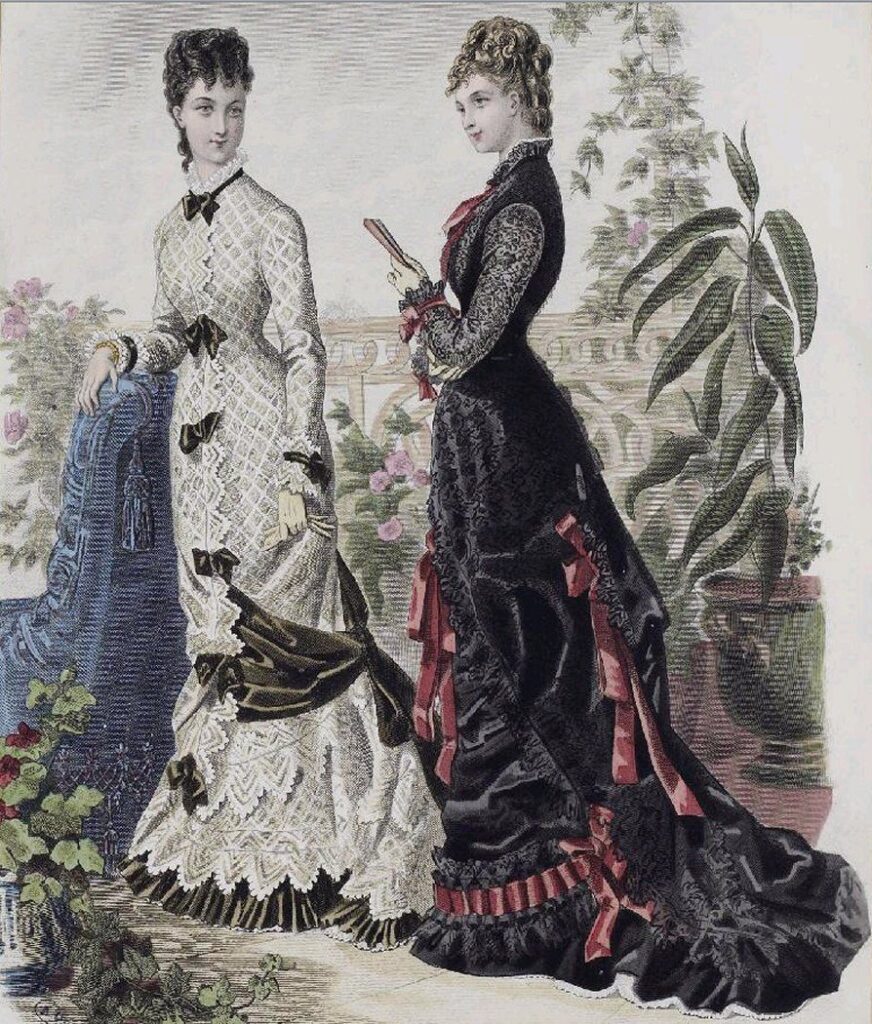
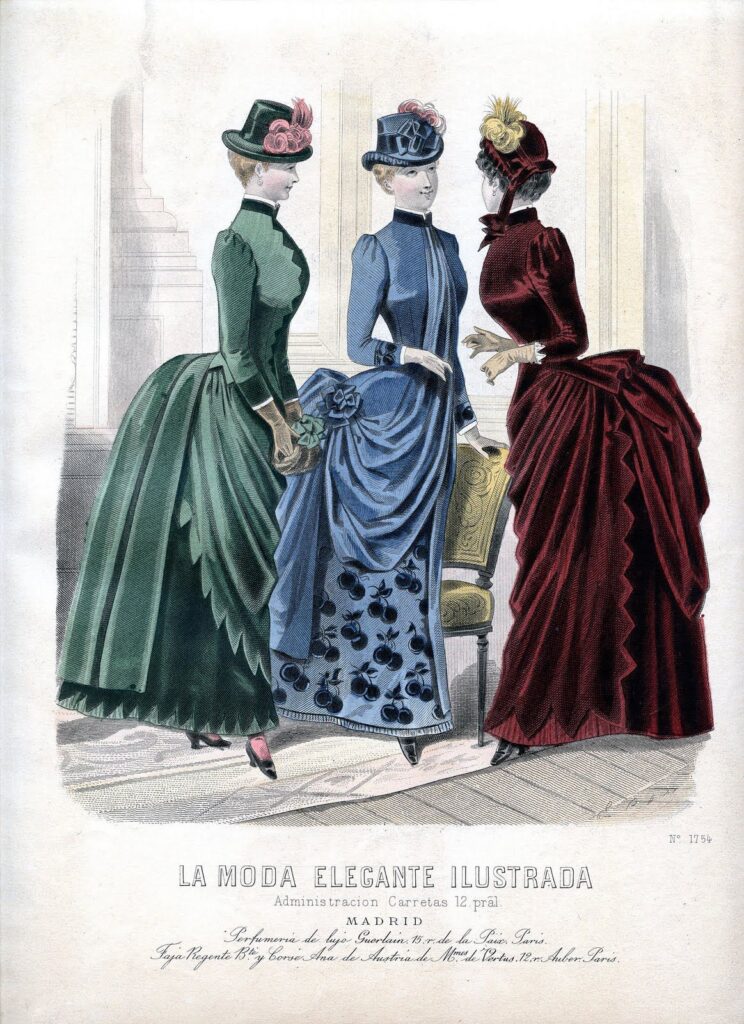
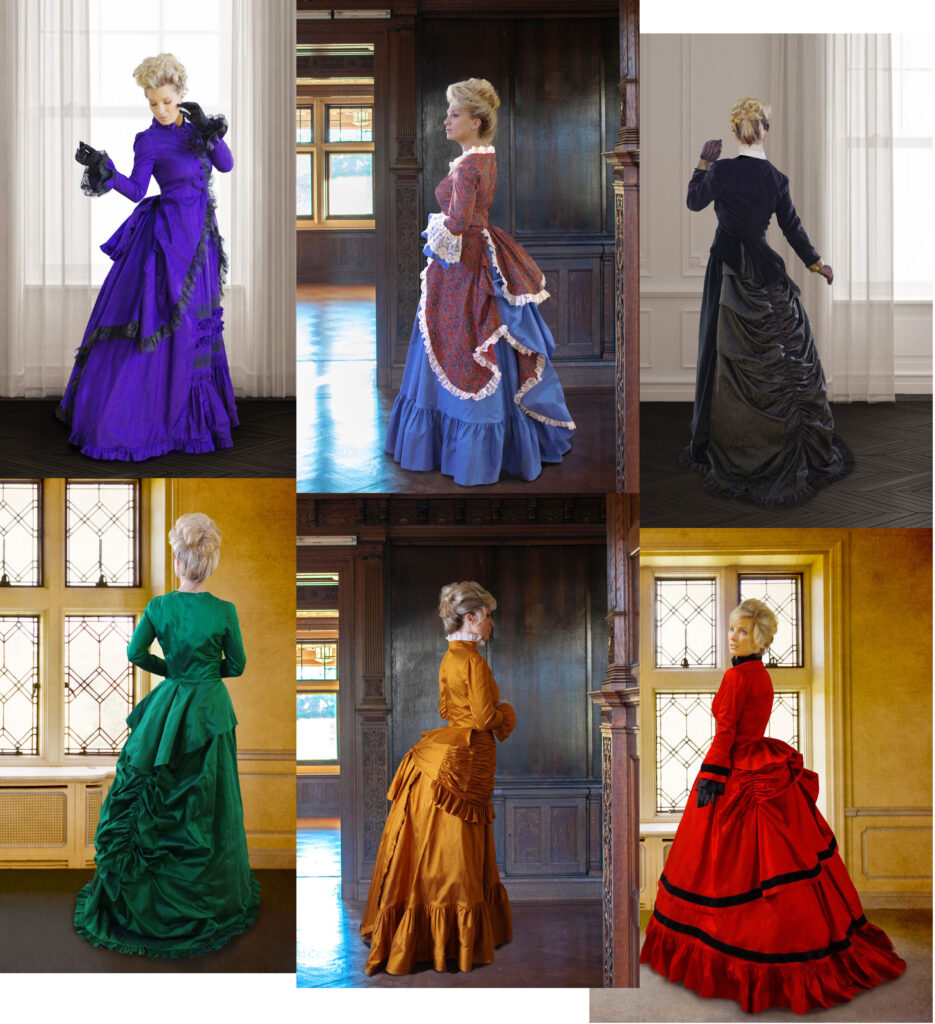
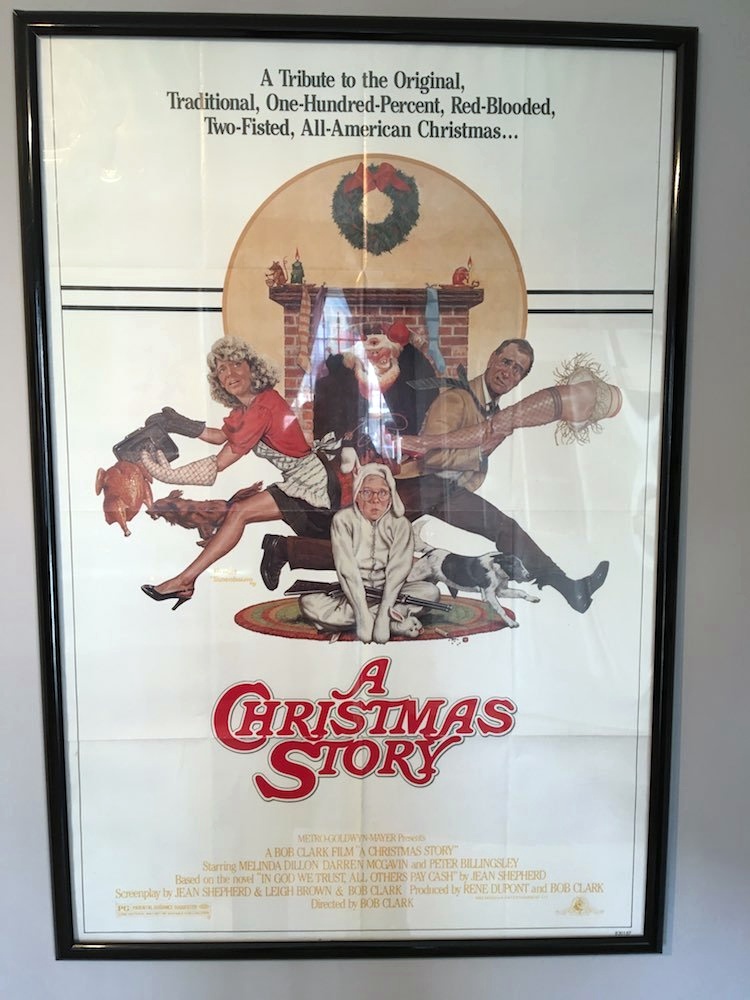





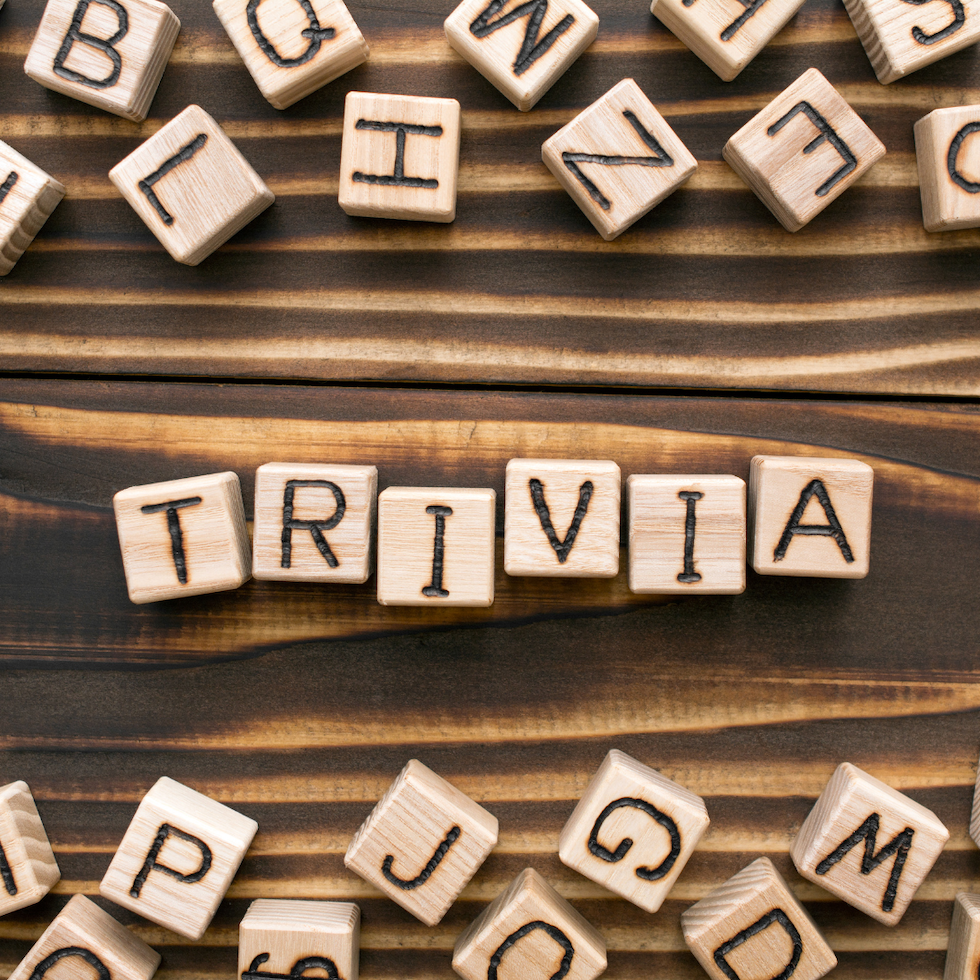
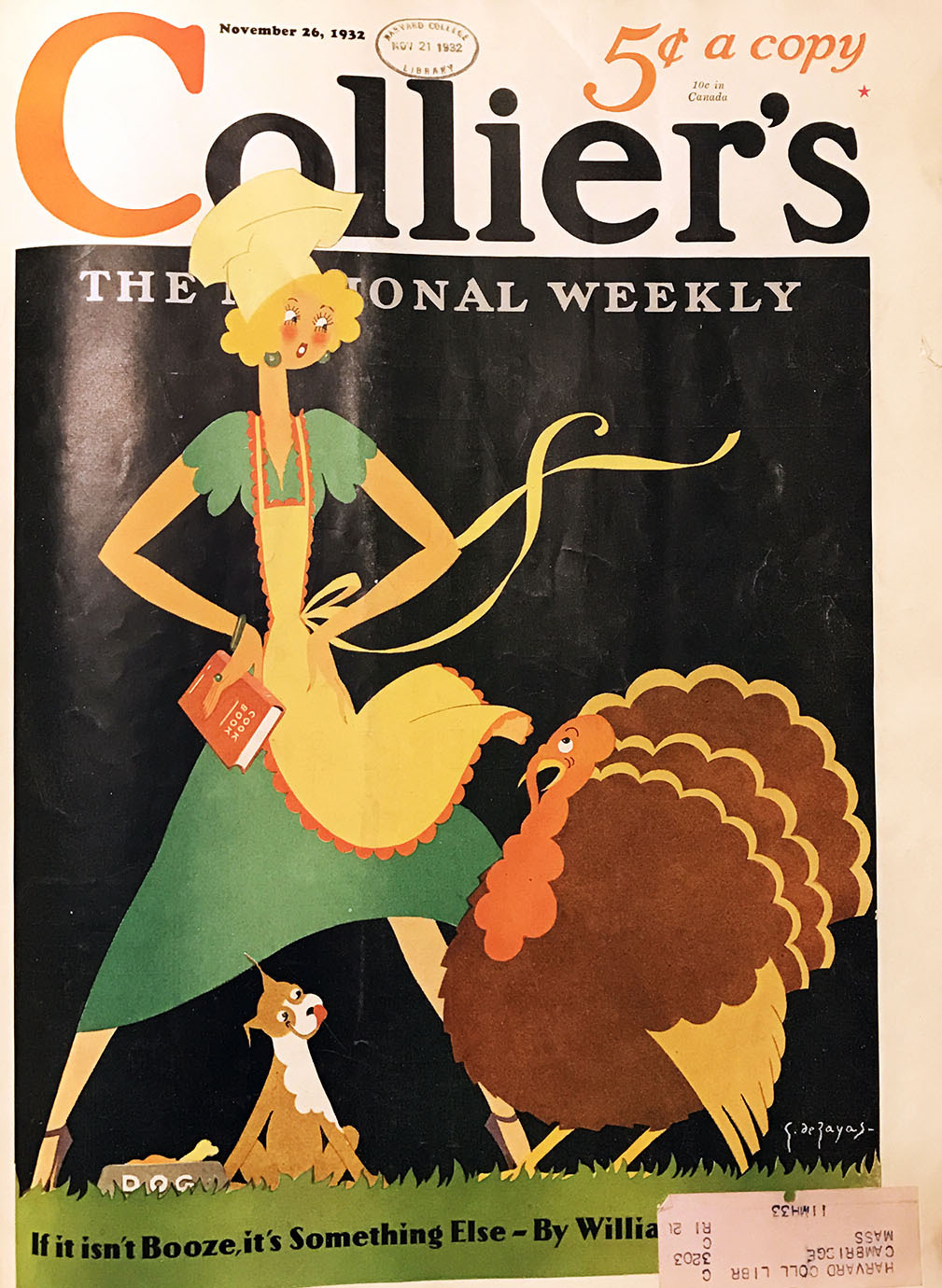
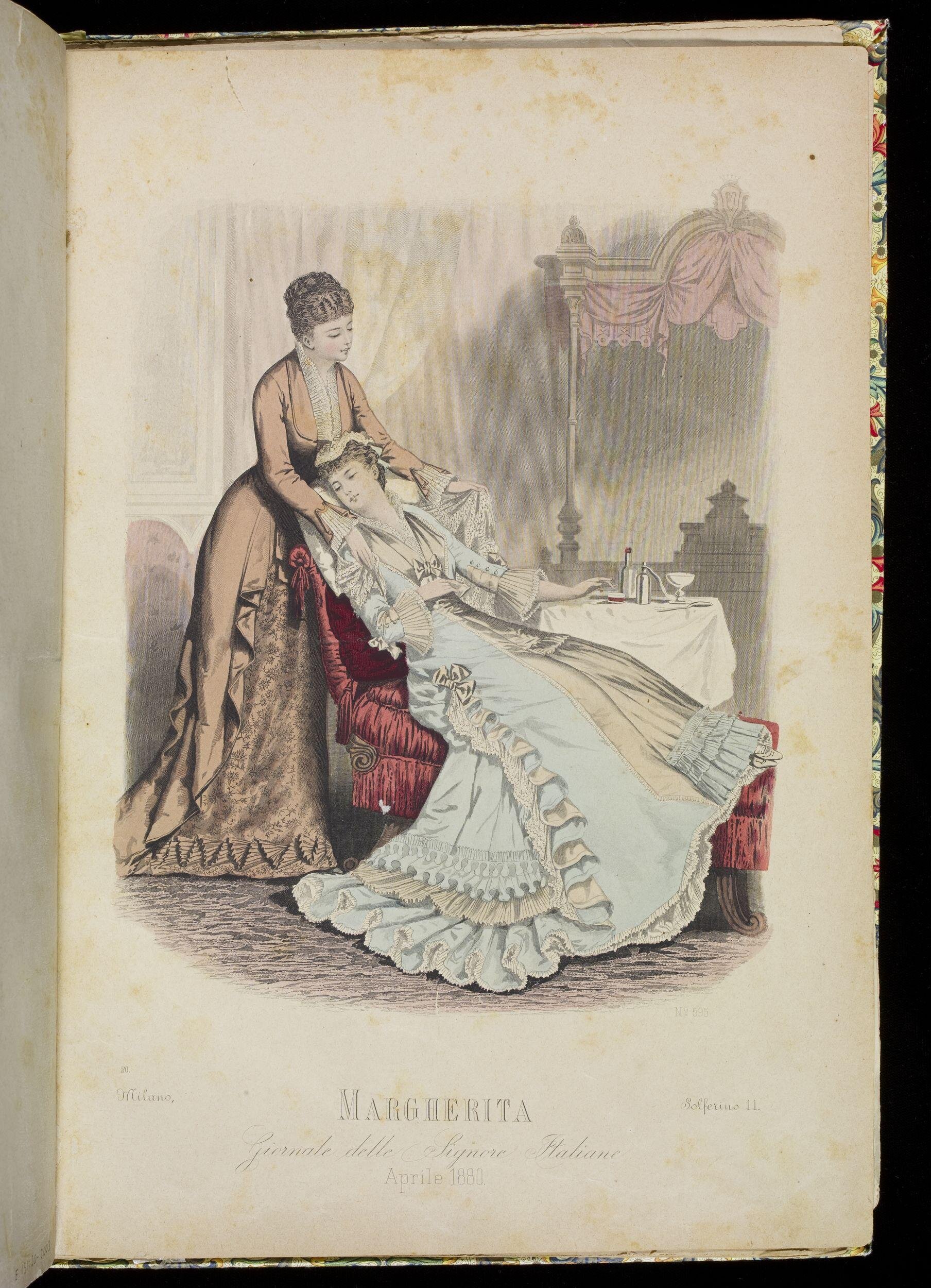

Hi Lexi! Yes, curvy women are to be celebrated!
Another great article. I was always told that the bustle was suppose to copy the bodies of black women who were more curvy on the backside. I’m not sure how true it is but when I saw “put a diner plate on the back” comment then I knew there had to be some truth to it. Nonetheless as a woman of color I am flattered that big butts or bustles are be celebrated ?.